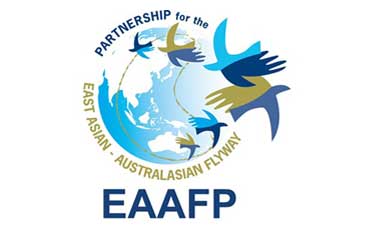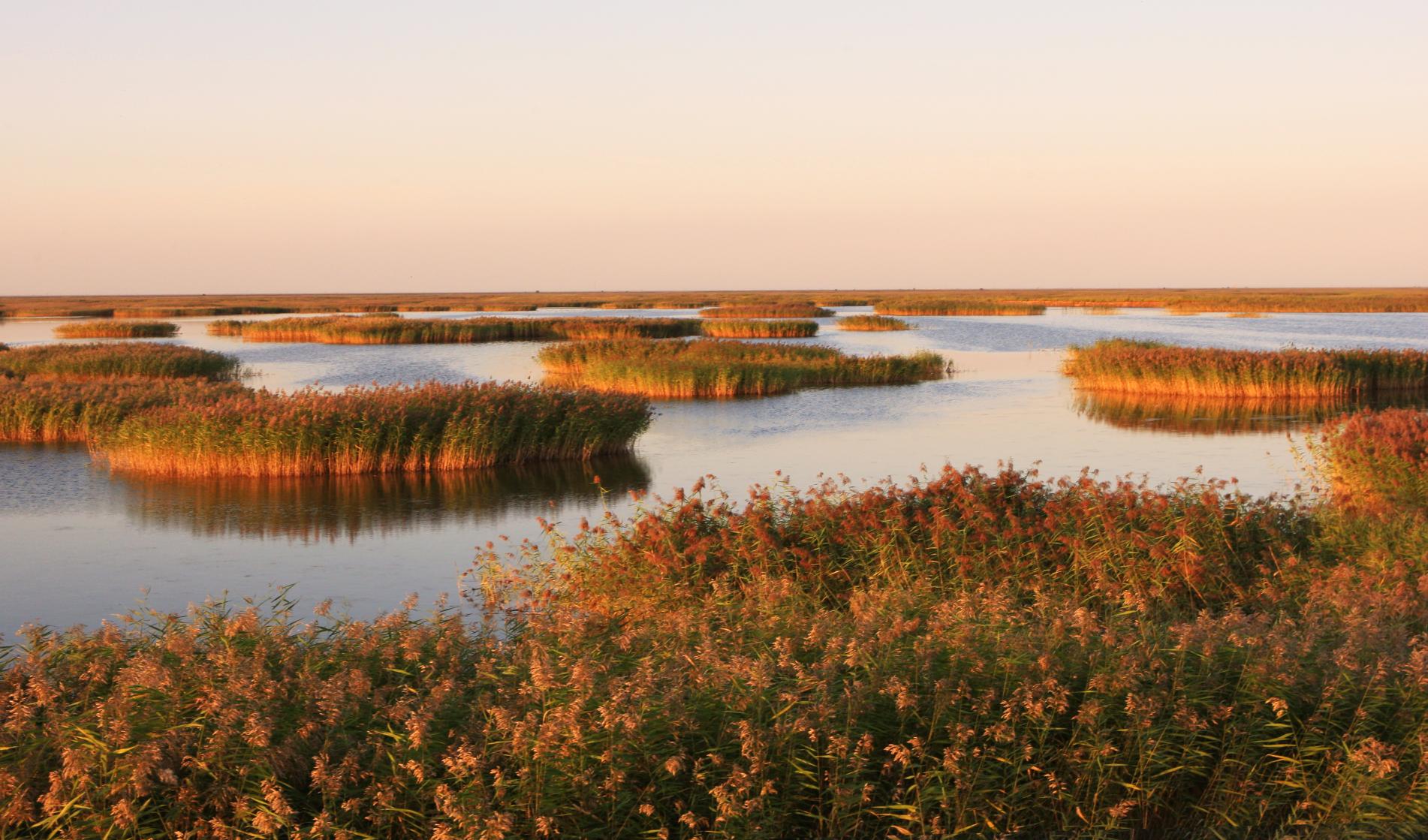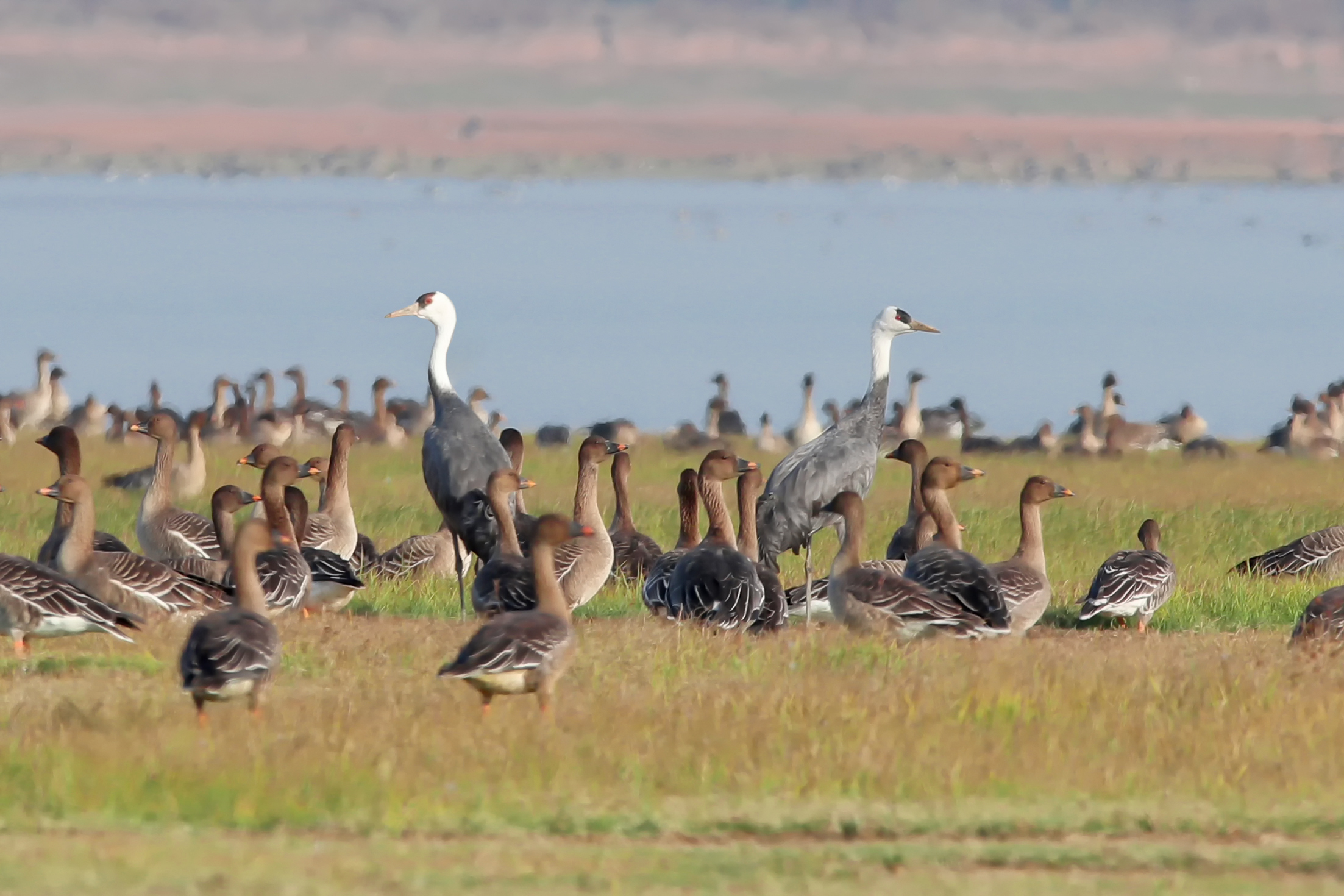
The East Asian-Australasian Flyway Partnership is a network of partners within the East Asian-Australasian Flyway (EAAF). The East Asian-Australasian Flyway Partnership (EAAFP) aims to protect migratory waterbirds, their habitat and the livelihoods of people dependent upon them.
The Flyway is one of 9 major migratory routes recognised globally. Partners include National Governments, Inter-Governmental Organisations, International
Non-governmental Organisations, and International Private Enterprise, which agree to endorse the text and support the objectives and actions under this Partnership.
Vision
Migratory waterbirds and their habitats in the East Asian – Australasian Flyway are recognised and conserved for the benefit of people and biodiversity.
Mission
The Partnership provides a flyway wide framework to promote dialogue, cooperation and collaboration between a range of stakeholders to conserve migratory waterbirds and their habitats in the East Asian - Australasian Flyway. Stakeholders include all levels of governments, site managers, multilateral environment agreements, technical institutions, UN agencies, development agencies, industrial and private sector, academe, non-government organisations, community groups and local people.
Objectives
THE 5 OBJECTIVES OF EAAFP ARE:
- Objective 1 - Development of the Network of sites of international importance for the conservation of migratory waterbirds along the East Asian- Australasian Flyway;
- Objective 2 - Enhance communication, education and public awareness of the values of migratory waterbirds and their habitats;
- Objective 3 - Enhance flyway research and monitoring activities, build knowledge and promote exchange of information on waterbirds and their habitats;
- Objective 4 - Build the habitat and waterbird management capacity of natural resource managers, decision-makers and local stakeholders;
- Objective 5 - Develop, especially for priority species and habitats, flyway wide approaches to enhance the conservation status of migratory waterbirds.




